Stretching your dollar in Canada takes persistence and a bit of strategy. While some cities seem to chew through your wallet just for breathing, others quietly let you enjoy more for less. From affordable housing and lower taxes to cheaper groceries and vibrant community perks, here are 22 places in Canada where your money will go the furthest.
Moncton, New Brunswick
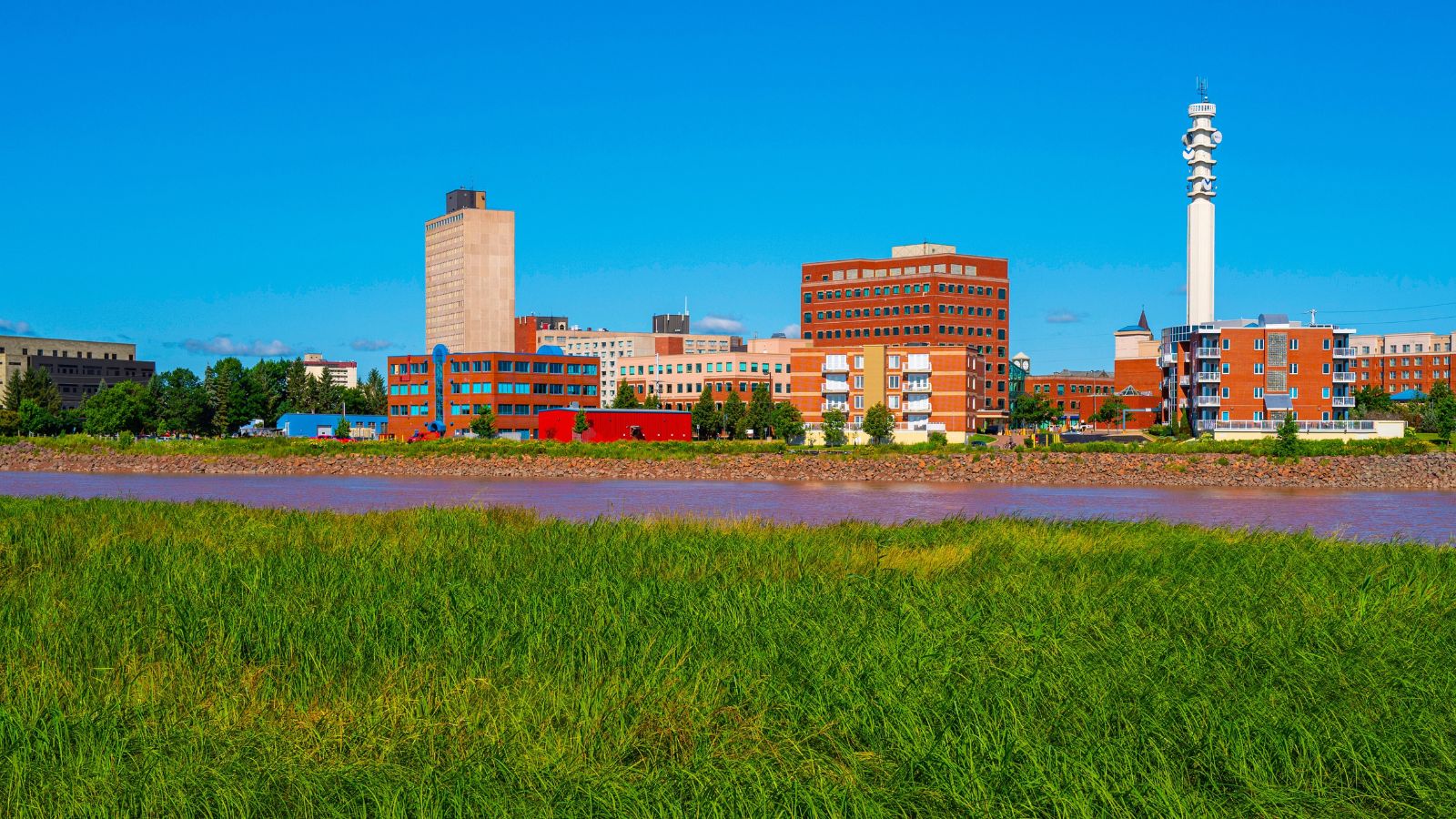
Moncton often ranks as one of the most affordable cities in the Maritimes. Housing costs are modest compared to major urban centres, with a strong supply of family homes and apartments. Groceries and day-to-day expenses are relatively low, while still offering access to modern conveniences. Its growing job market, especially in IT, finance, and call centres, provides steady employment options. And, with a bilingual culture, proximity to beaches, and lower utility costs than in many provinces, Moncton combines a decent lifestyle with economic breathing room that families and young professionals appreciate.
Trois-Rivières, Quebec
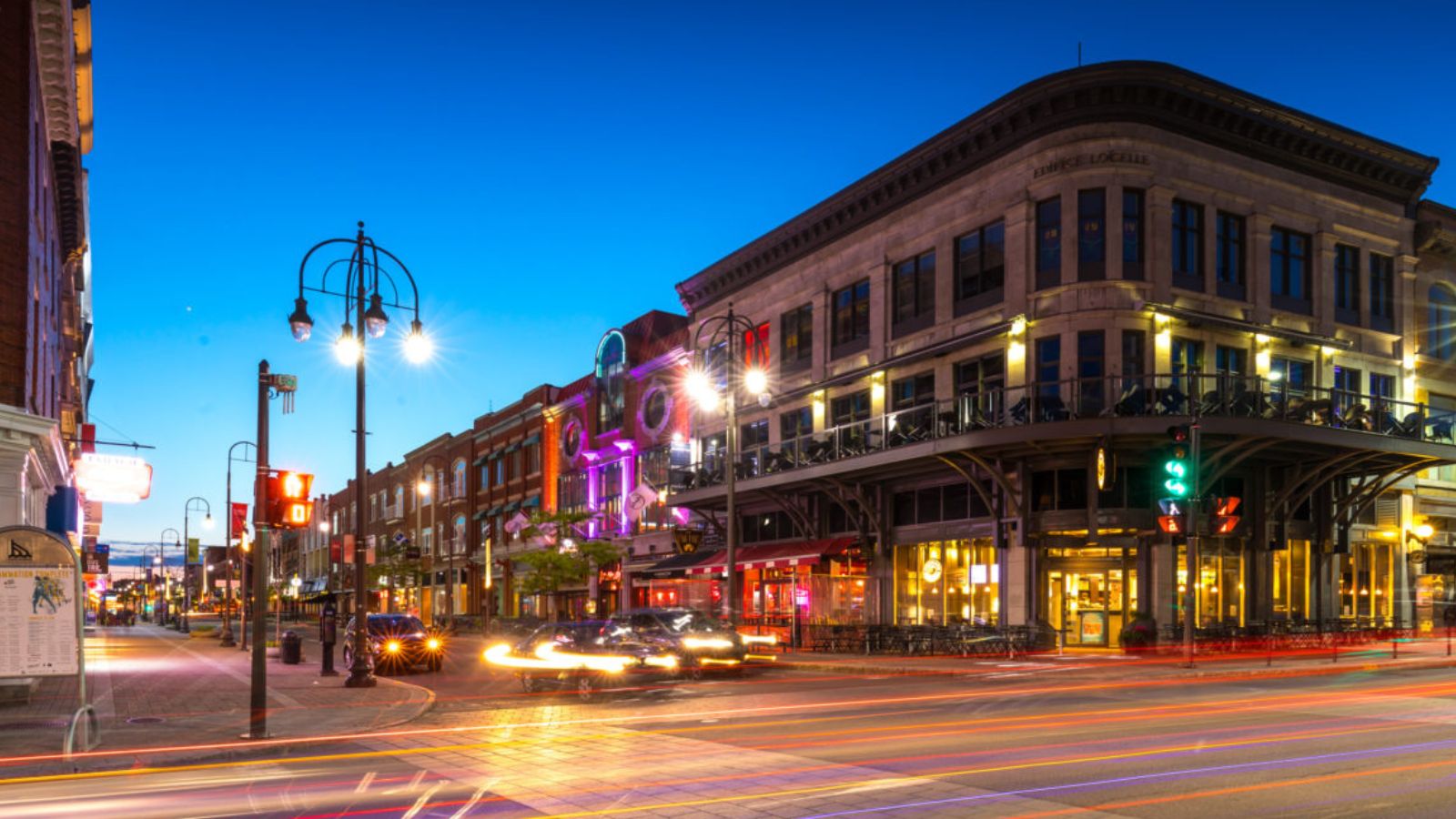
This mid-sized city balances affordability with culture. Housing prices here remain far below Quebec City or Montreal, yet it boasts charming European-style streets, excellent restaurants, and a buzzing cultural scene. Tuition fees in Quebec are already among the lowest in North America, and Trois-Rivières benefits from this educational advantage. Utilities and public transport are inexpensive, while recreational opportunities, from riverfront activities to winter festivals, add to the quality of life. Plus, residents save substantially on both rent and property taxes compared to bigger cities.
Sherbrooke, Quebec
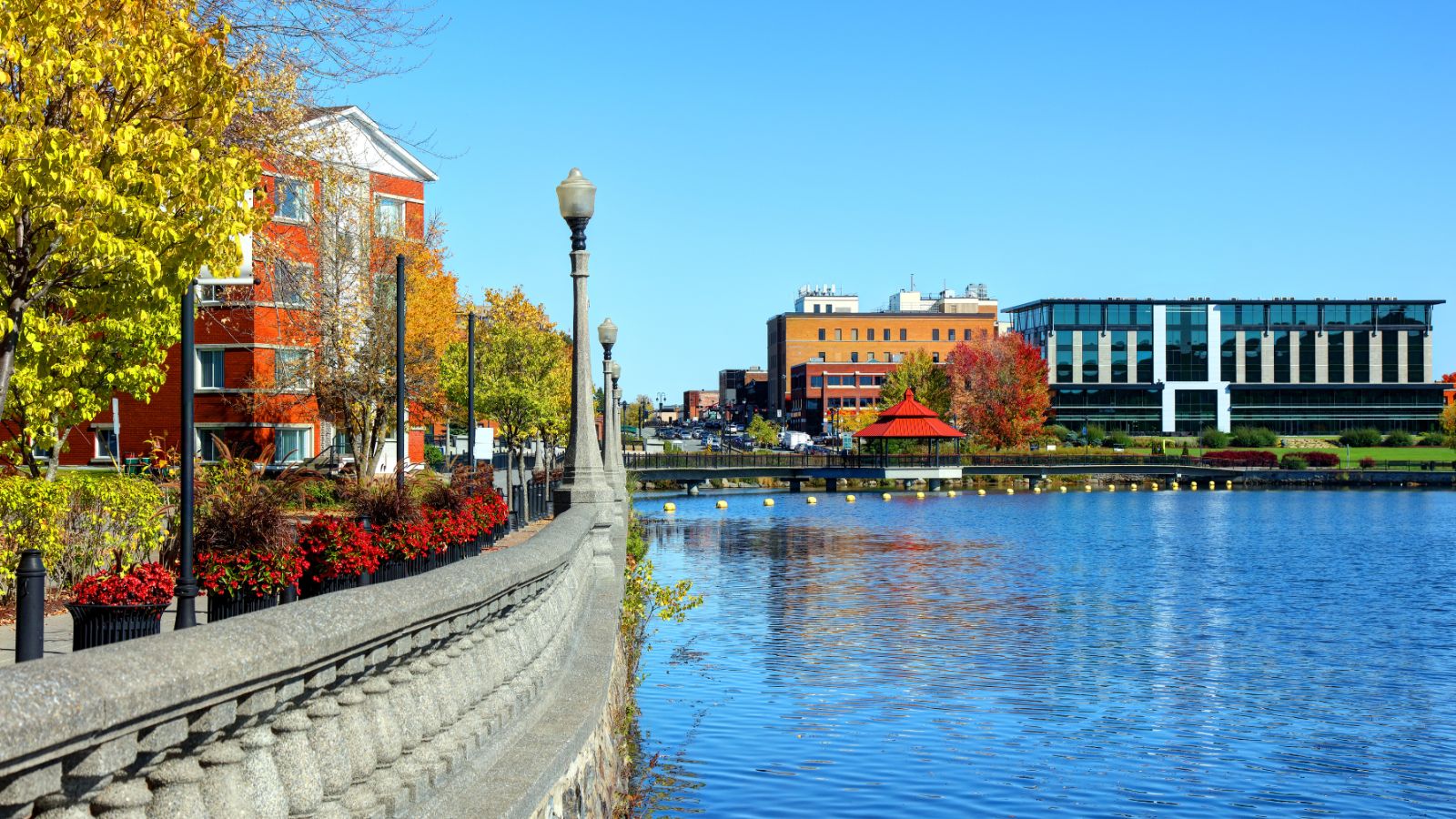
Known for its strong student population, Sherbrooke thrives as an affordable hub for young people, families, and retirees. Housing costs are significantly cheaper than in Montreal while still offering Quebec’s high standard of social services. Food prices and restaurant options remain wallet-friendly, and public transit ensures you don’t need a car to survive. Sherbrooke also boasts proximity to nature, with skiing, hiking, and lakes just minutes away, reducing the need for expensive vacations.
Charlottetown, Prince Edward Island
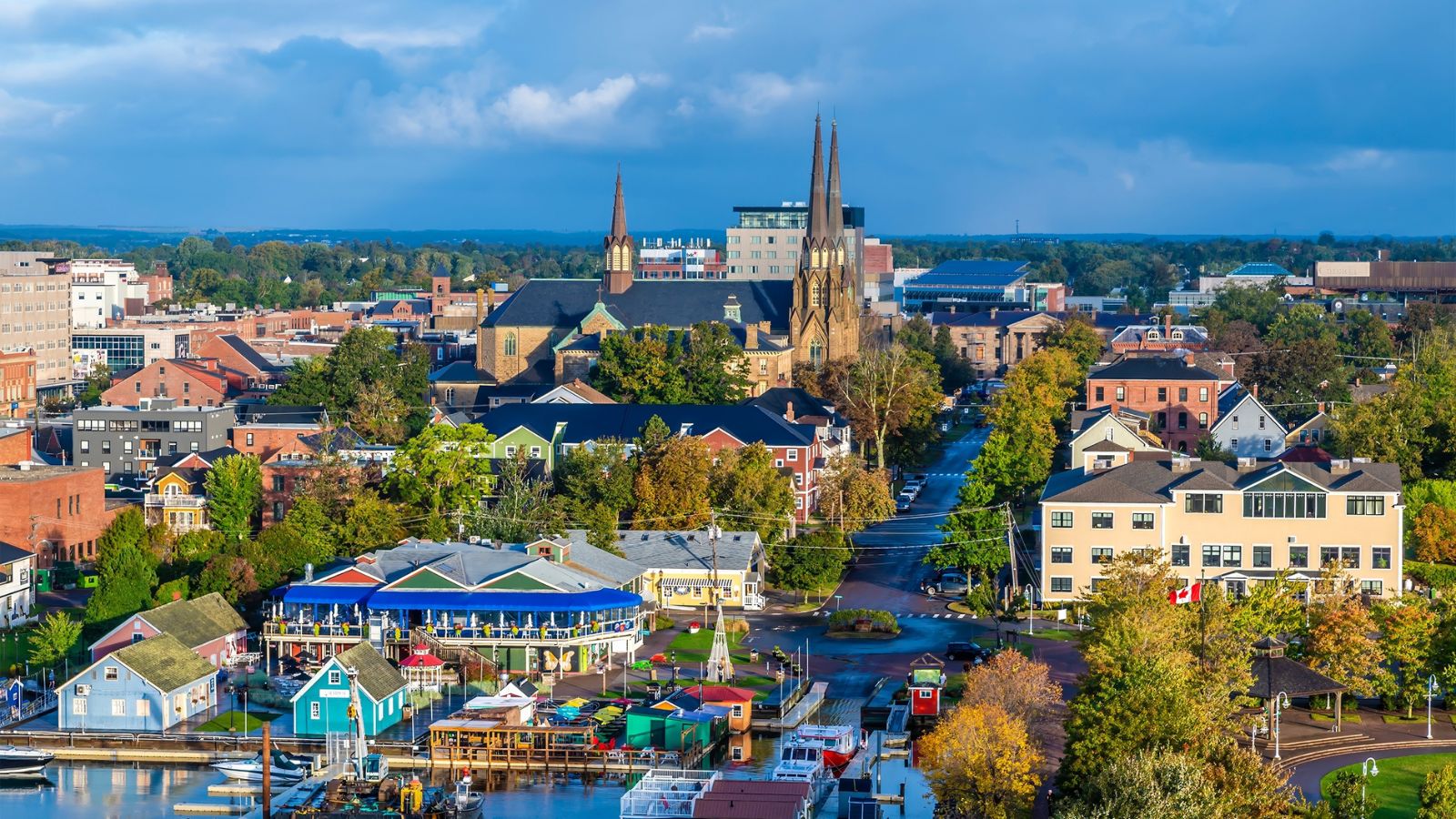
As the capital of PEI, Charlottetown offers small-town affordability with a surprisingly vibrant arts and food scene. Rent and property values remain lower than in most capital cities, and residents enjoy relatively low insurance premiums and utility costs. PEI’s compact geography means shorter commutes, reducing transportation expenses. Local food, especially seafood, is not only fresher but often cheaper. Healthcare access is strong, and recreational activities like community theatre, live music, and outdoor festivals add to the lifestyle perks without adding costs.
Saint John, New Brunswick
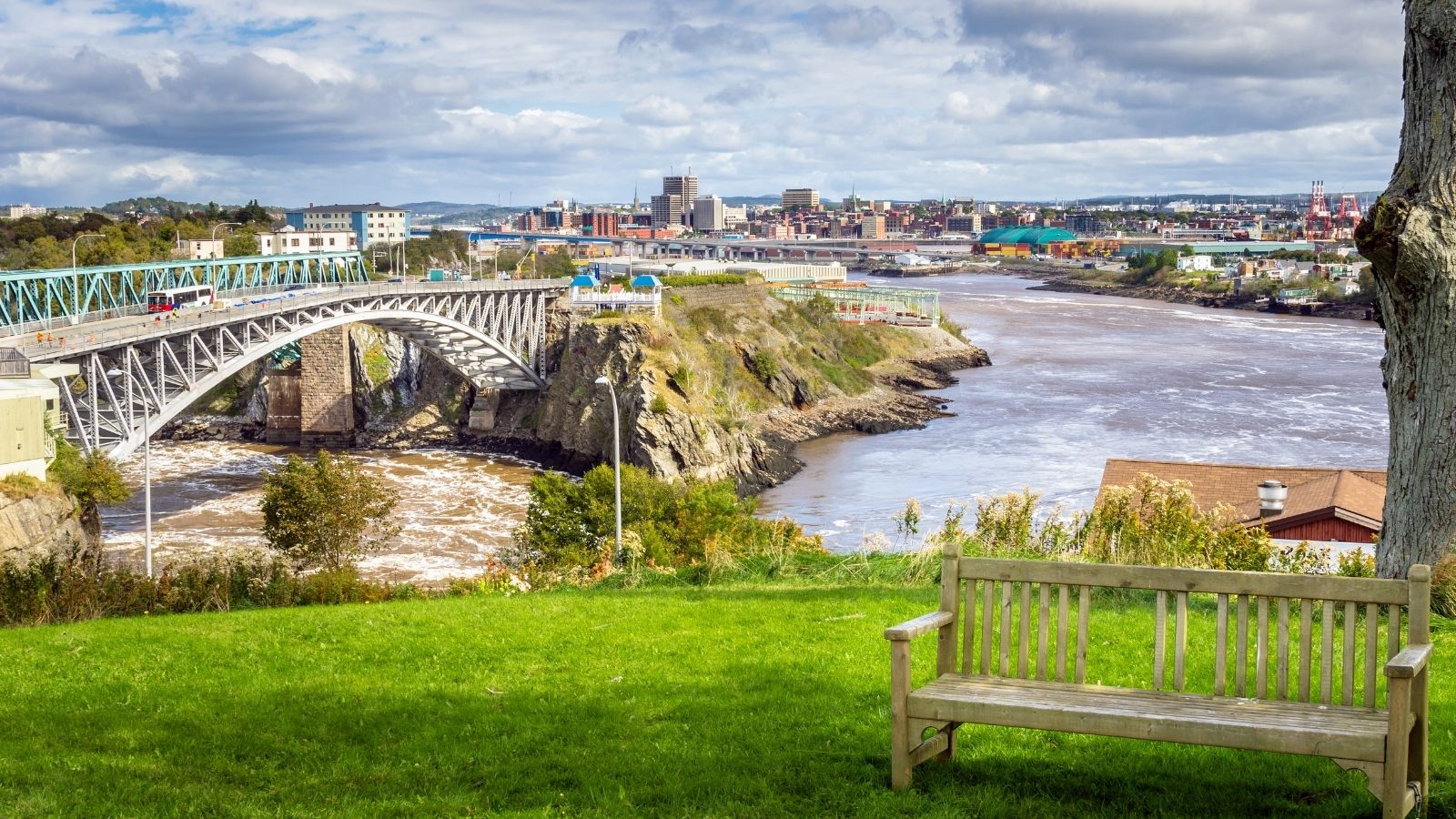
Saint John offers one of the lowest average housing costs in the country, with both rental and purchase prices well below the national average. The city’s economy, historically reliant on shipping and energy, is diversifying into healthcare and IT. Groceries, utilities, and public transit are all reasonably priced, helping families stretch budgets further. Saint John also has access to beautiful coastal scenery, parks, and historic sites, which provide low-cost entertainment options. Also, with a strong sense of community and a manageable cost of living, it is especially appealing to newcomers and those looking to downsize.
Saguenay, Quebec

Saguenay offers some of the most affordable real estate in Quebec, making home ownership more accessible. The cost of living is balanced by a robust regional economy tied to aluminum production, hydroelectric power, and tourism. Food and transportation costs are moderate, while utilities are low thanks to Quebec’s electricity rates. Cultural life is vibrant, with festivals and museums that don’t break the bank. Outdoor lovers save money with easy access to skiing, hiking, and fishing right at their doorstep.
Windsor, Ontario
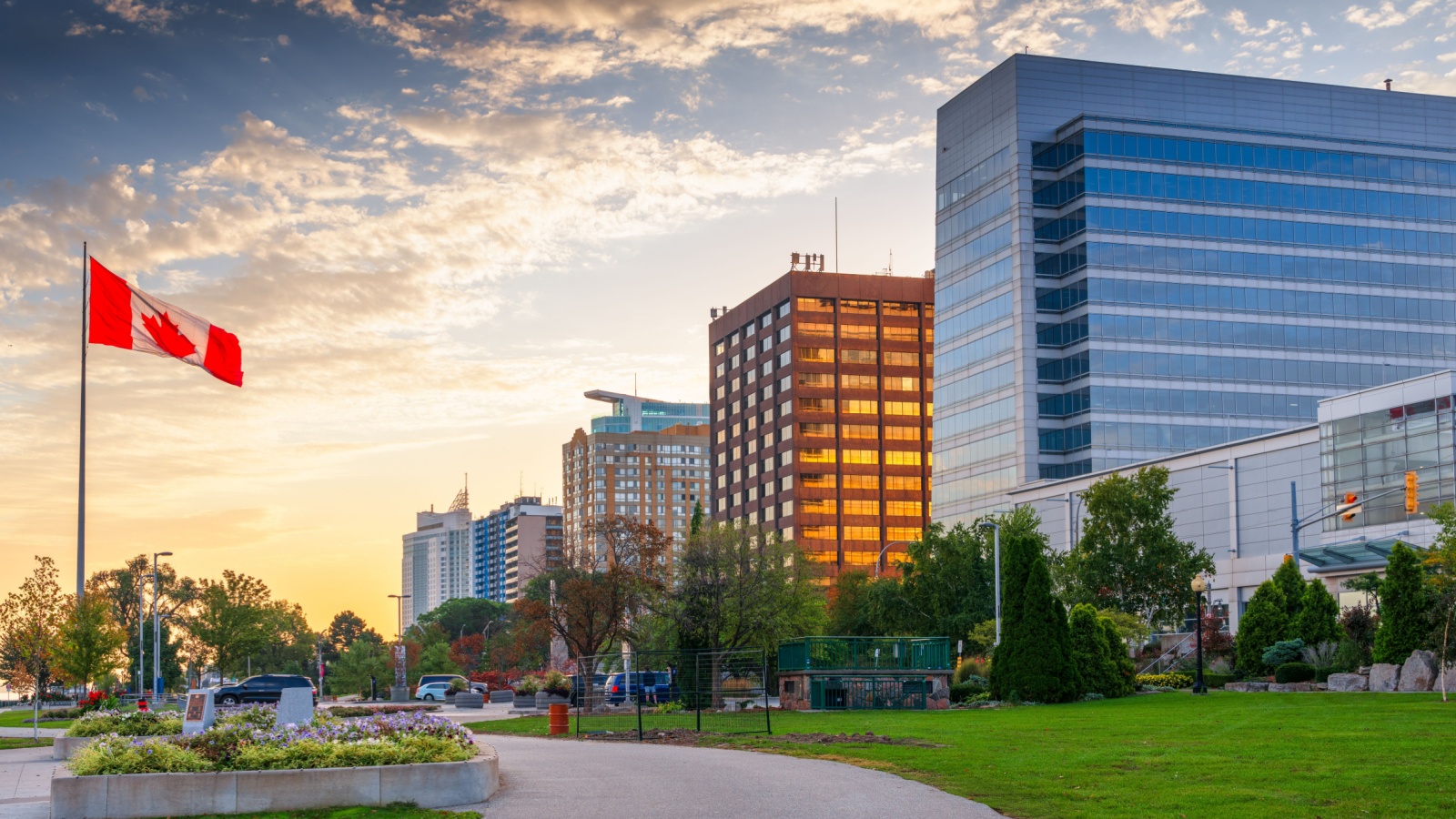
Windsor is one of the few Ontario cities where living costs remain manageable. Housing prices are lower than in Toronto or Ottawa, yet Windsor’s proximity to Detroit allows residents to access cross-border opportunities for work and shopping. Utilities, groceries, and transportation are affordable, while its manufacturing and auto industries provide stable employment. The city also benefits from affordable post-secondary institutions and healthcare services.
Red Deer, Alberta

Between Calgary and Edmonton lies Red Deer, a city where affordability still exists in Alberta. Housing costs are reasonable, with plenty of options for families and newcomers. Utilities and transportation costs are manageable, while the local economy draws from energy, agriculture, and education. Red Deer offers strong community programs, affordable sports leagues, and recreational facilities that families appreciate. Residents also enjoy access to Alberta’s lower provincial taxes, which stretch household incomes further. Plus, its central location makes commuting or traveling easy.
Thunder Bay, Ontario
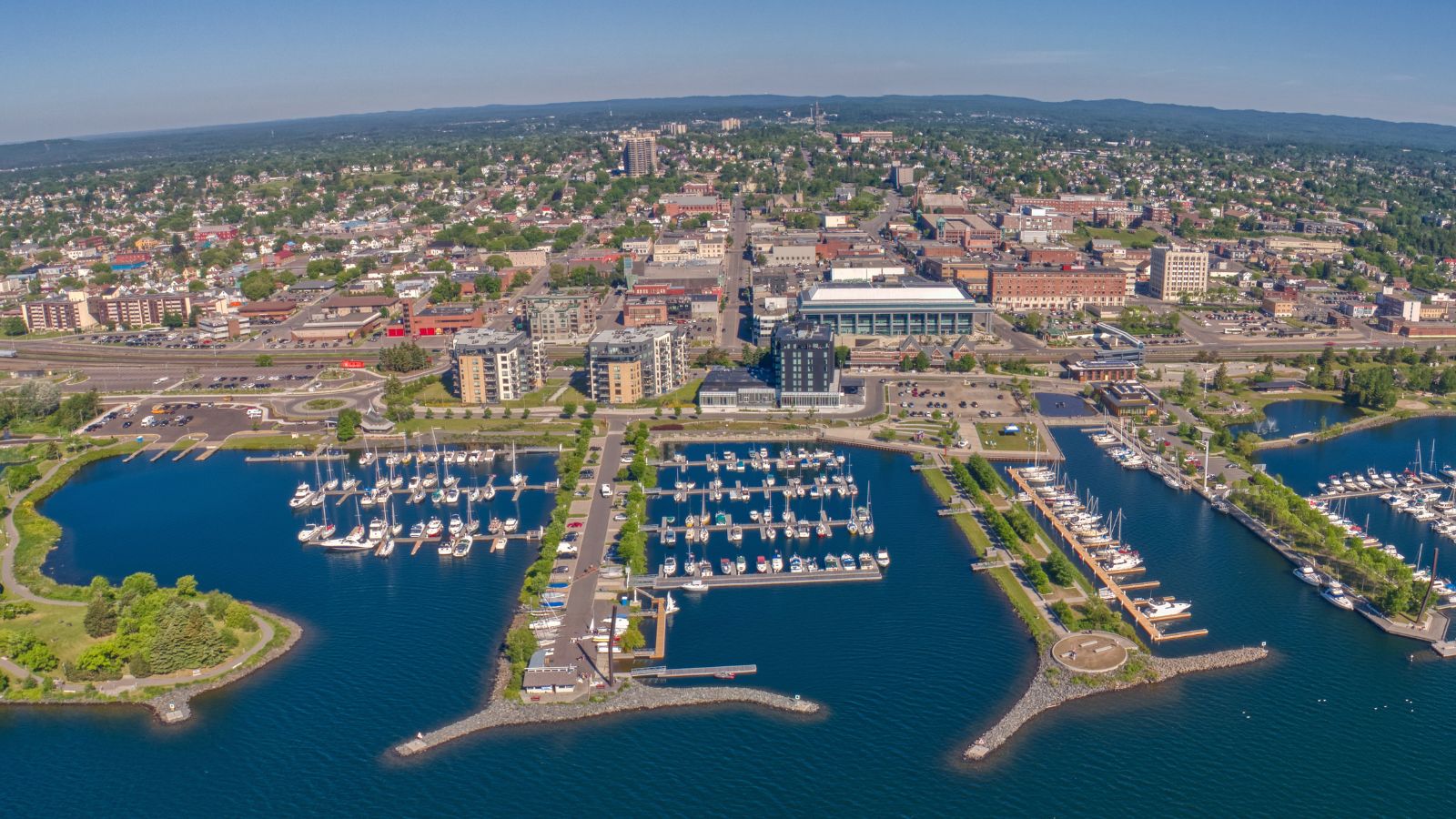
Thunder Bay combines affordability with natural beauty. Real estate remains lower than in southern Ontario, and groceries, transportation, and utilities are moderately priced. The local economy relies on forestry, mining, education, and healthcare, offering a mix of opportunities. Outdoor activities are abundant and cost-effective, with Lake Superior and numerous trails providing free or inexpensive entertainment. Public services, including healthcare and schools, are reliable and accessible.
Lethbridge, Alberta

Lethbridge is a growing city that remains affordable for families, retirees, and students. Housing is less expensive than in Calgary, while groceries and utilities are moderate. Alberta’s absence of a provincial sales tax adds a financial edge, making shopping and services more budget-friendly. Lethbridge also offers plenty of recreation, from affordable sports leagues to nearby outdoor activities. Its strong economy, rooted in agriculture, education, and healthcare, supports a stable lifestyle.
Sudbury, Ontario
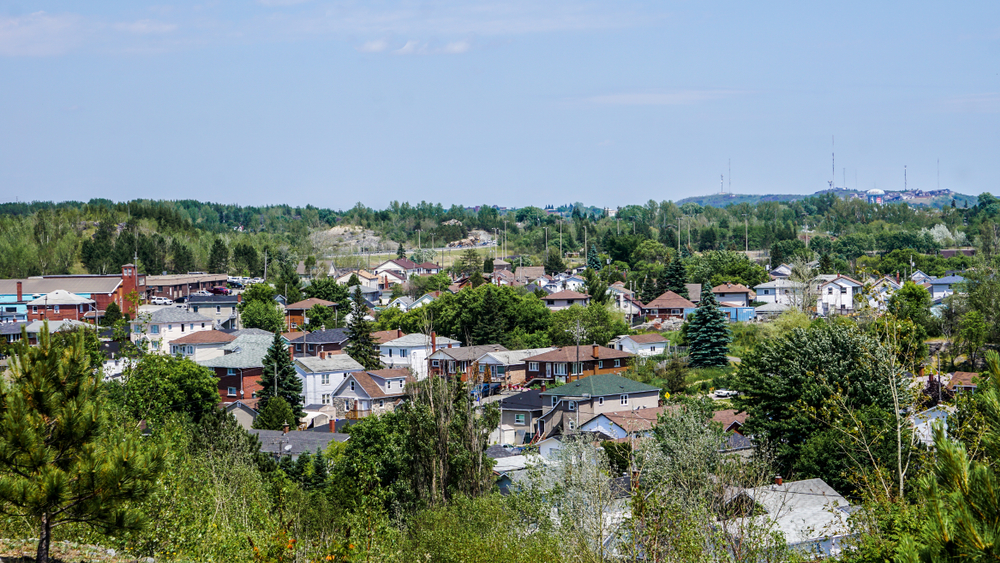
Sudbury has transformed from a mining town into a more diversified economy while keeping affordability intact. Housing costs are considerably lower than in southern Ontario cities, and groceries, utilities, and insurance are manageable. The city offers access to lakes, trails, and winter sports, minimizing the need for costly vacations. Its educational institutions and healthcare facilities provide reliable services, and community programs add to the quality of life.
Fredericton, New Brunswick
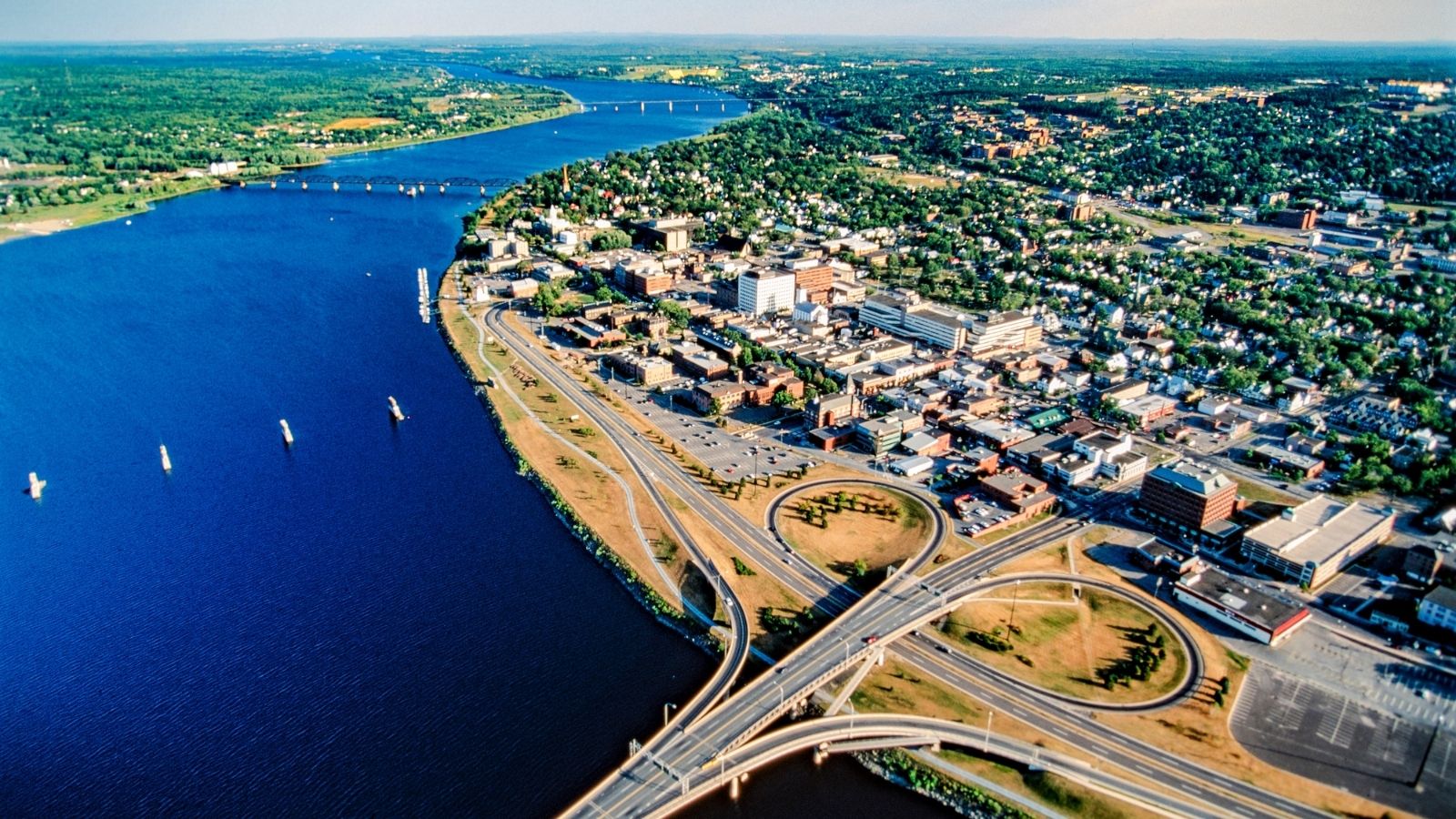
As New Brunswick’s capital, Fredericton strikes a balance between affordability and opportunity. Housing costs are lower than the Canadian average, and utilities remain manageable. The city benefits from a thriving cultural scene with inexpensive festivals, galleries, and local events. Employment opportunities in government, education, and technology provide stability. Groceries and transportation are affordable, while access to outdoor spaces like rivers and trails adds inexpensive entertainment. Fredericton’s size makes it accessible without requiring long commutes, further reducing costs.
Brandon, Manitoba
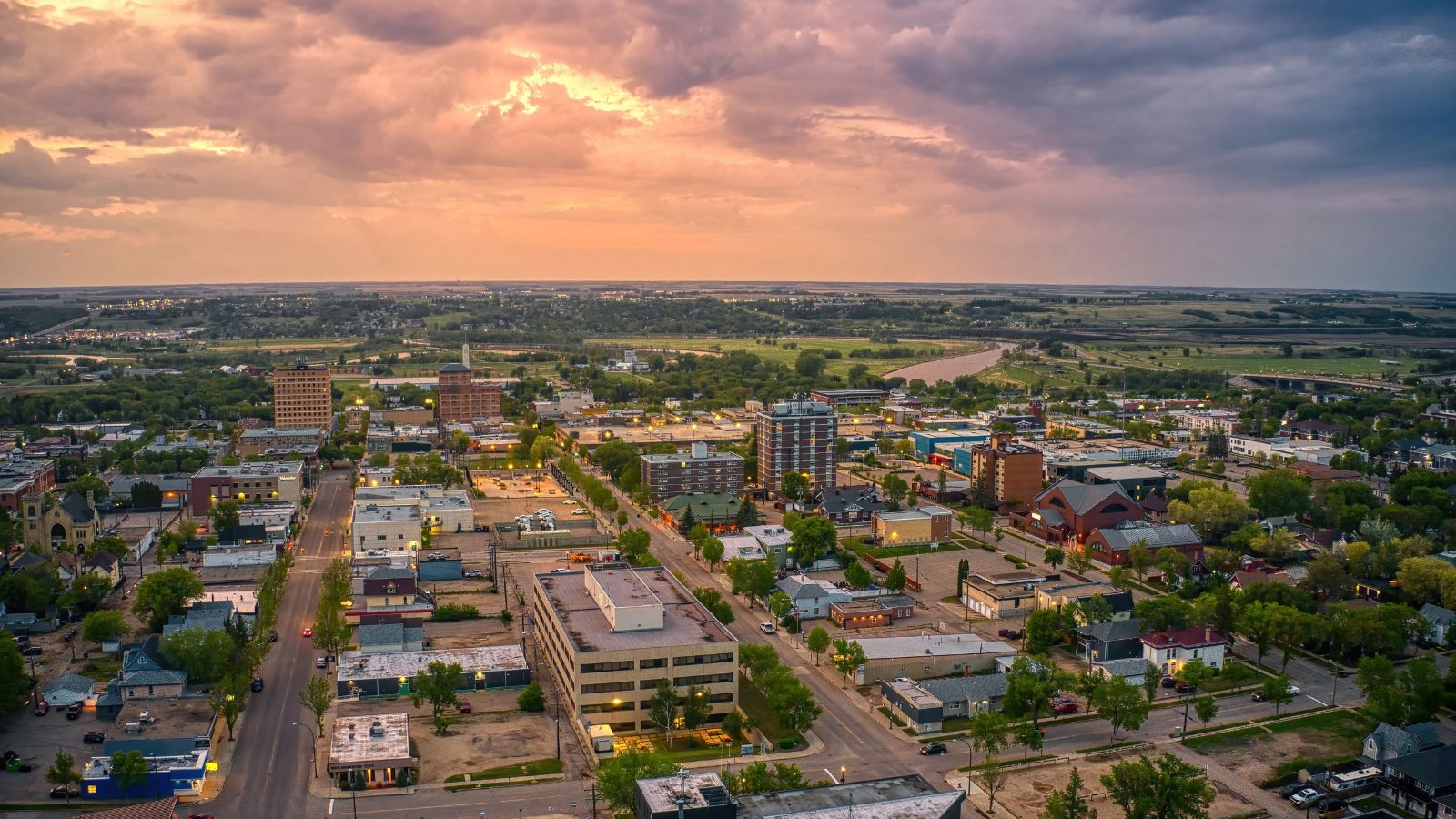
Brandon offers affordability in both housing and daily expenses. As Manitoba’s second-largest city, it has a strong agricultural base, complemented by education and healthcare. Property taxes are manageable, and rental prices are much lower than in Winnipeg. Residents enjoy accessible services, affordable sports leagues, and recreational facilities. Groceries and transportation are also within reason, making Brandon appealing to families and newcomers. Its location allows for easy travel within the province.
Saint-Hyacinthe, Quebec
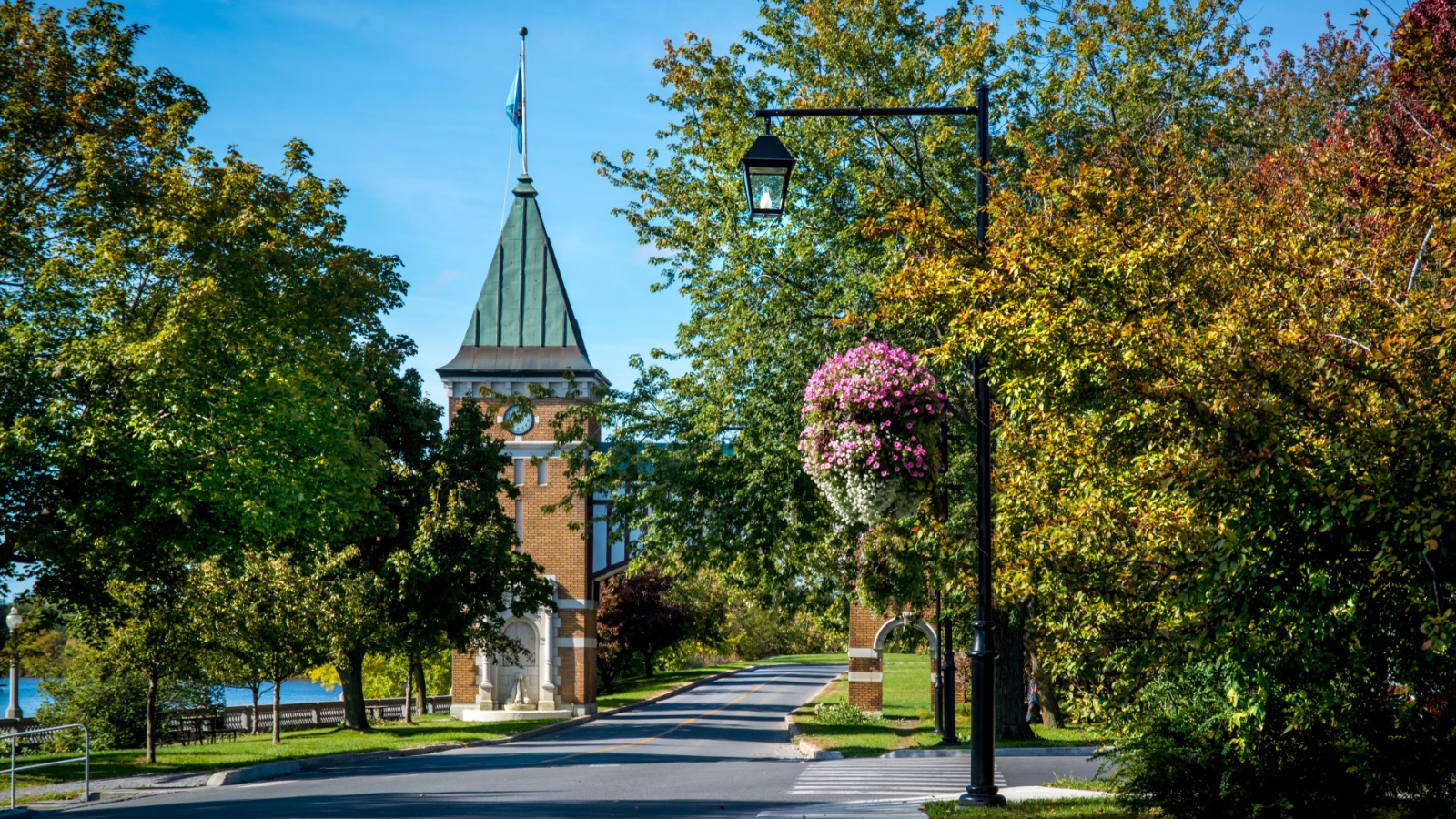
This smaller city in Quebec maintains affordability across the board. Housing is inexpensive, and food costs are manageable, with strong local agricultural roots. Utilities are low thanks to Quebec’s electricity rates, and healthcare is readily available. The community has a thriving culture of markets, fairs, and festivals, many of which are budget-friendly. Employment opportunities come from agriculture, food production, and healthcare, providing stability for residents.
Medicine Hat, Alberta
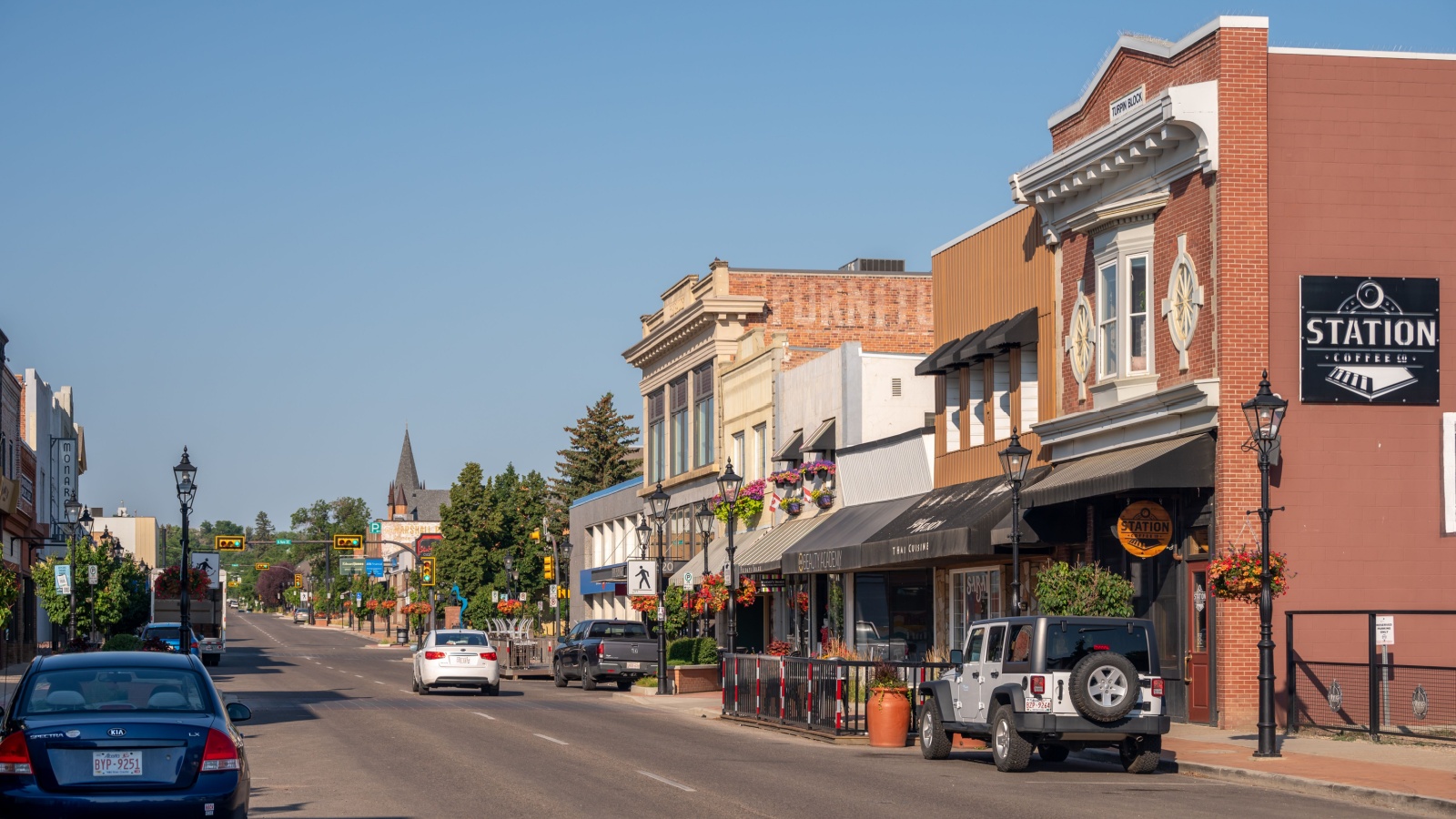
Medicine Hat is consistently recognized as one of the most affordable cities in Canada. Housing costs are low, and the city enjoys some of the lowest utility prices in the country thanks to abundant natural gas resources. Transportation and groceries are also affordable, and Alberta’s tax structure gives residents further savings. The economy is stable, with energy, agriculture, and retail contributing to job opportunities. Recreation is affordable with parks, trails, and cultural events accessible to all.
Drummondville, Quebec
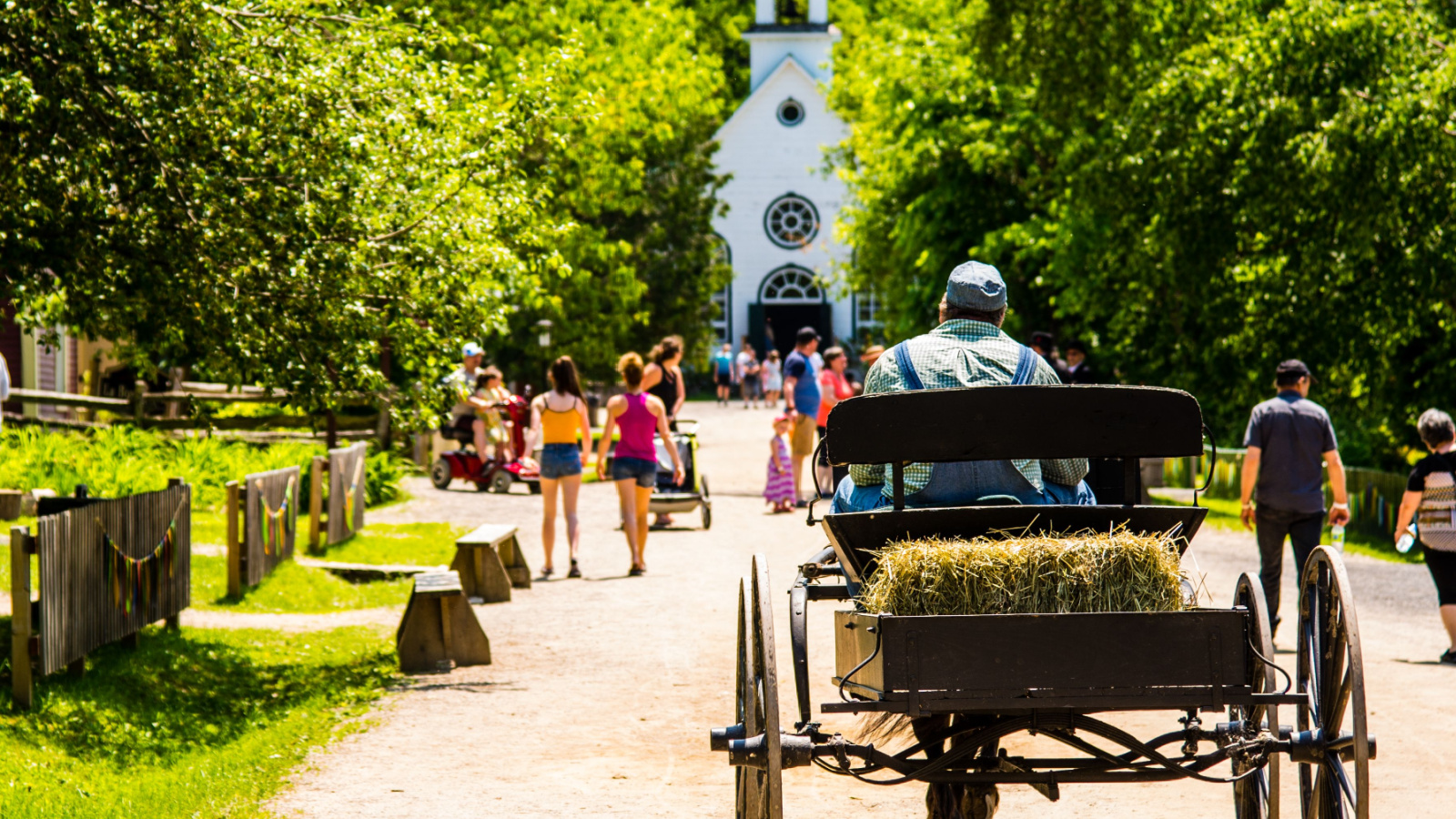
Drummondville maintains affordable housing prices and modest everyday expenses. The local economy is supported by manufacturing and food industries, offering stable employment. Utilities and healthcare are affordable, while public transport ensures accessibility without heavy car expenses. The city fosters community life through budget-friendly festivals, local cuisine, and cultural institutions. Families and retirees enjoy a high standard of living without the inflated costs found in larger cities.
Cornwall, Ontario
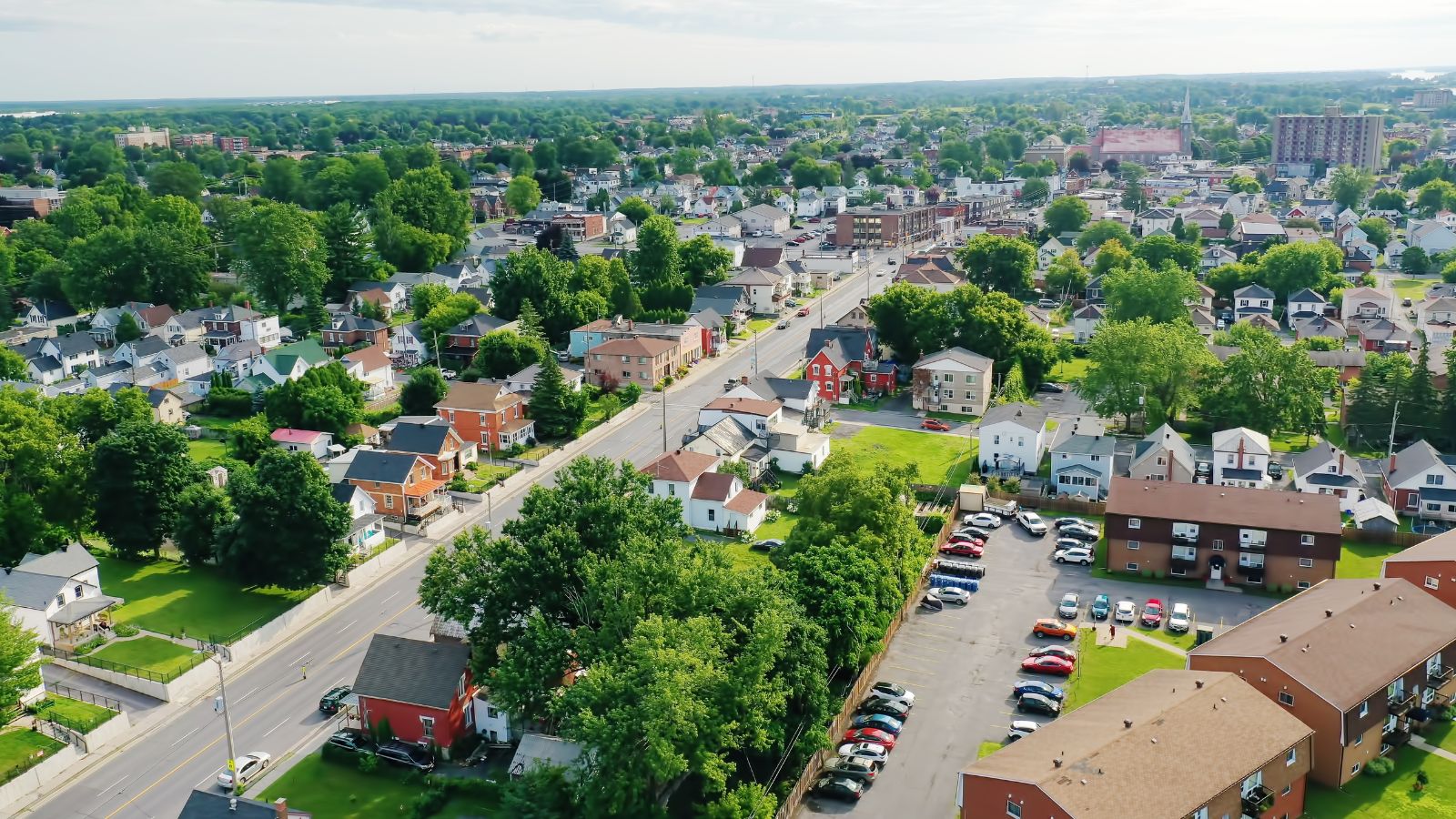
Cornwall offers a unique combination of affordability and location. Housing is cheaper than in Ottawa or Montreal, yet it provides quick access to both cities. Day-to-day expenses, including groceries and insurance, remain moderate, while utilities are reasonable. Cornwall also offers job opportunities in logistics, healthcare, and retail. Outdoor activities and waterfront access provide low-cost recreation, and community events are affordable. The city’s bilingual population adds cultural richness.
Moose Jaw, Saskatchewan
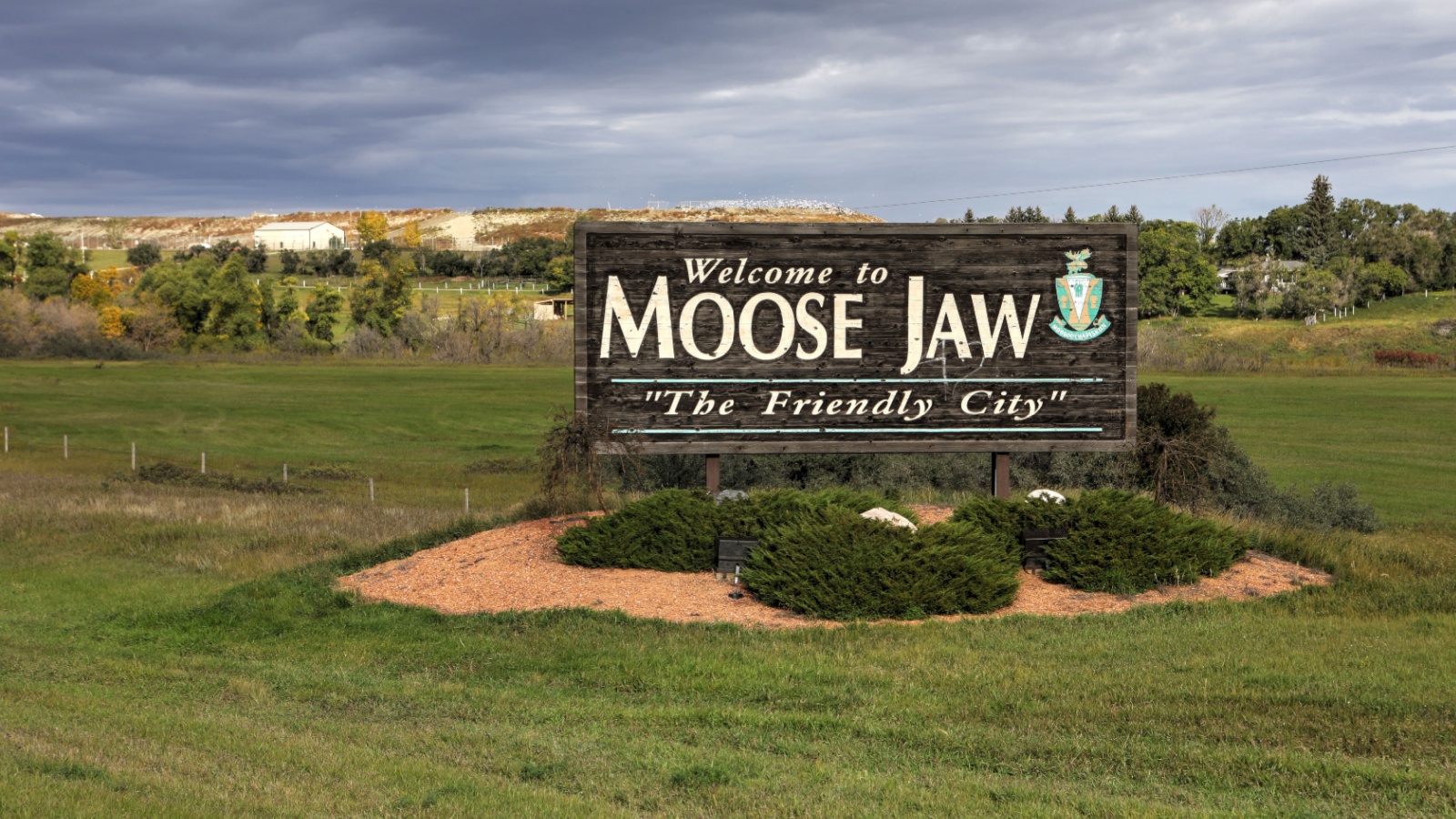
Moose Jaw is a small city with remarkably affordable housing and utilities. Everyday expenses like groceries and insurance stay well below national averages. The local economy relies on agriculture, healthcare, and tourism, supporting steady employment. Moose Jaw is known for its thermal spas and heritage sites, which attract visitors and provide affordable recreation for residents. Public services are strong, and community programs are plentiful.
Abbotsford, British Columbia

While BC is infamous for high costs, Abbotsford remains a relatively affordable option within the province. Housing prices are cheaper than in Vancouver, and food costs are somewhat tempered by the city’s agricultural base. Utilities and transportation are manageable, and the community has a strong employment base in farming, healthcare, and logistics. Proximity to Vancouver provides access to metropolitan opportunities without paying the city’s steep living costs.
Prince George, British Columbia
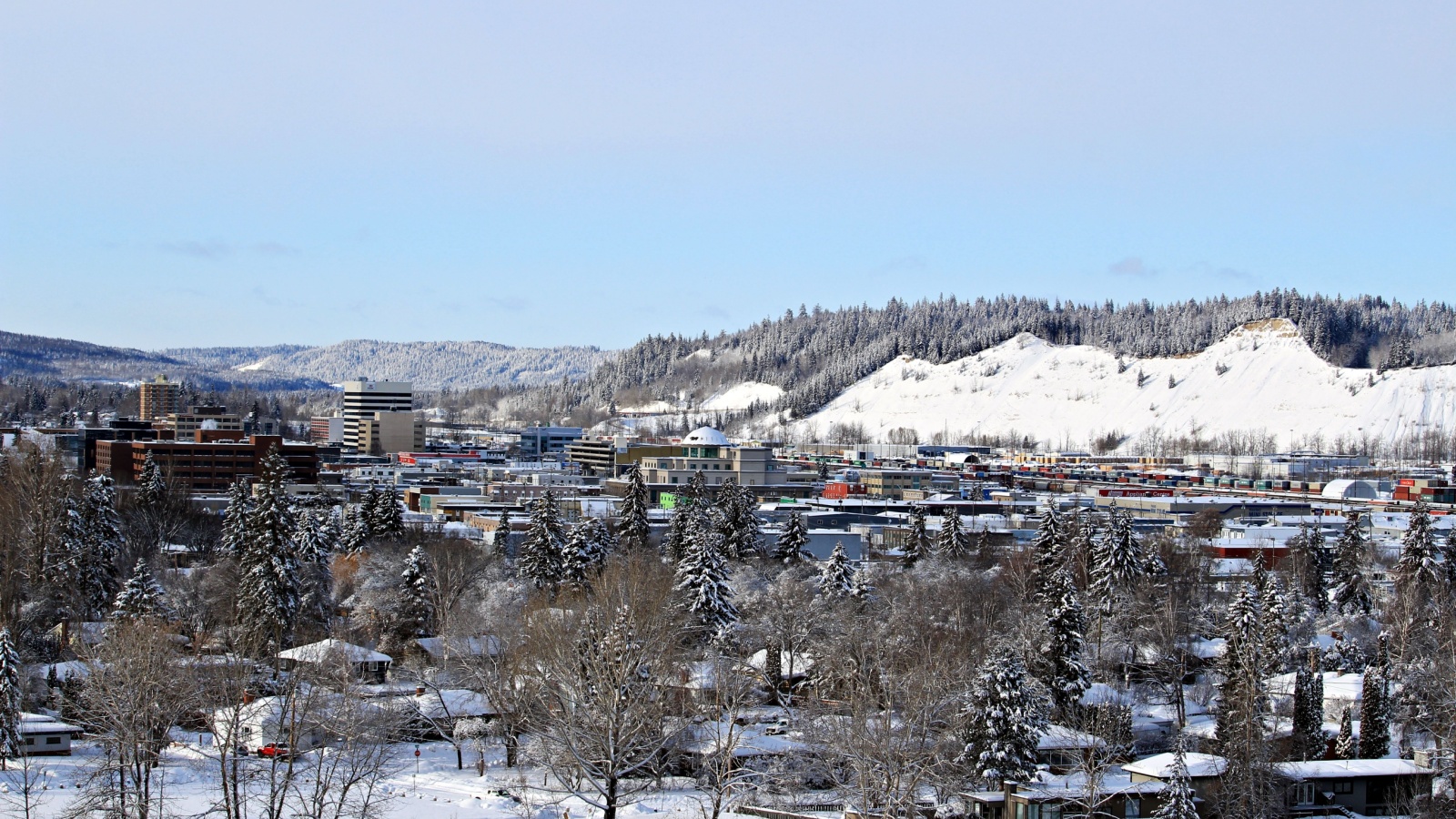
Prince George provides affordability in a province where it’s increasingly rare. Housing costs are much lower than in southern BC, and daily expenses remain within reach. The economy is supported by forestry, mining, and education, creating stable jobs. Outdoor activities like hiking, fishing, and skiing are accessible and often free. Public services are solid, and groceries and utilities are priced reasonably. Prince George gives residents the chance to enjoy BC’s rugged beauty without the financial strain associated with the province’s southern urban centres.
Grande Prairie, Alberta
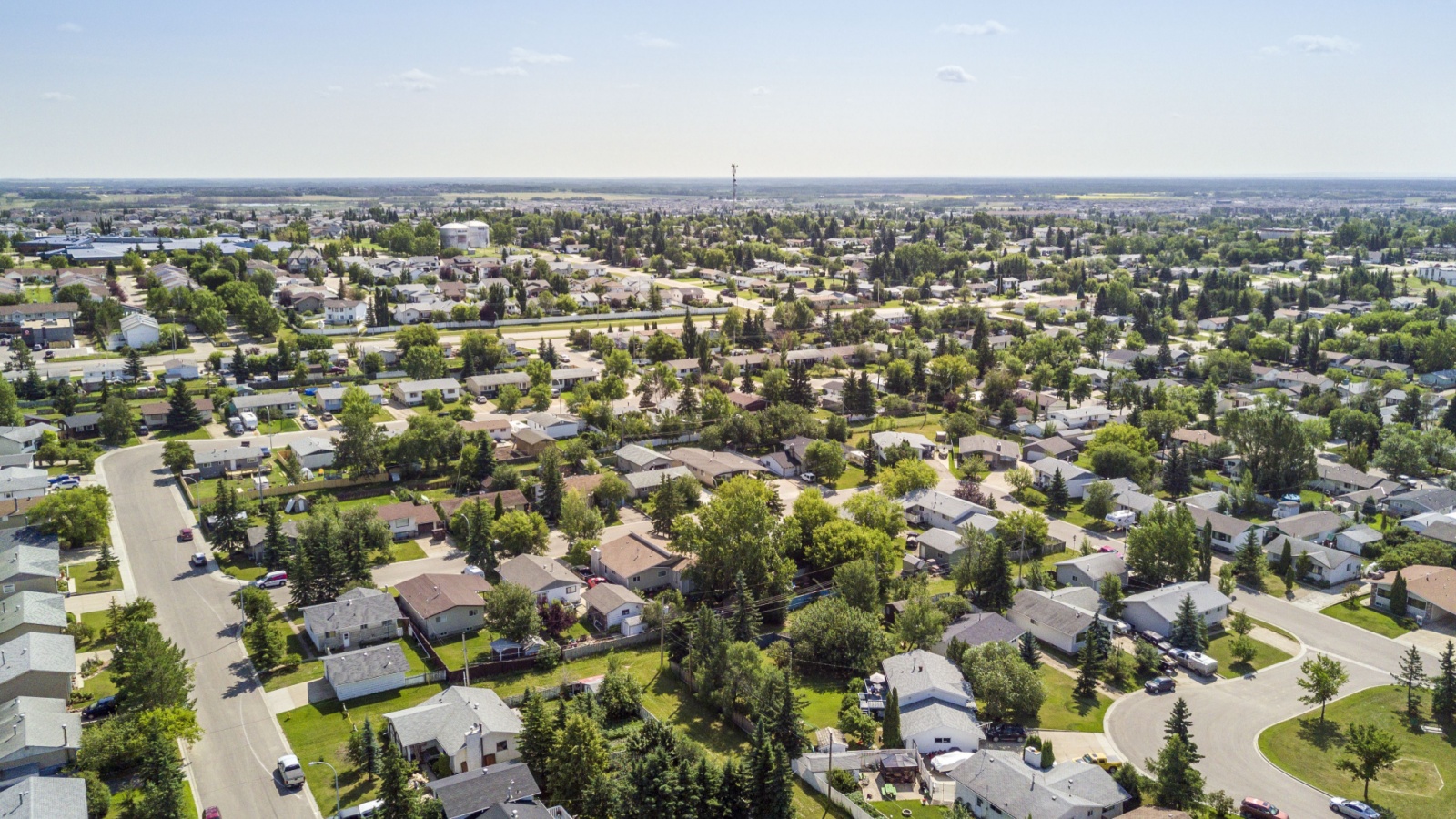
Grande Prairie offers reasonable housing prices and strong employment opportunities tied to energy, forestry, and retail. The absence of a provincial sales tax makes everyday shopping more affordable. Utilities and transportation are moderately priced, while the community invests in recreational facilities, keeping family costs manageable. Outdoor activities, from hiking to winter sports, add to the lifestyle perks without adding financial burden.
Sault Ste. Marie, Ontario
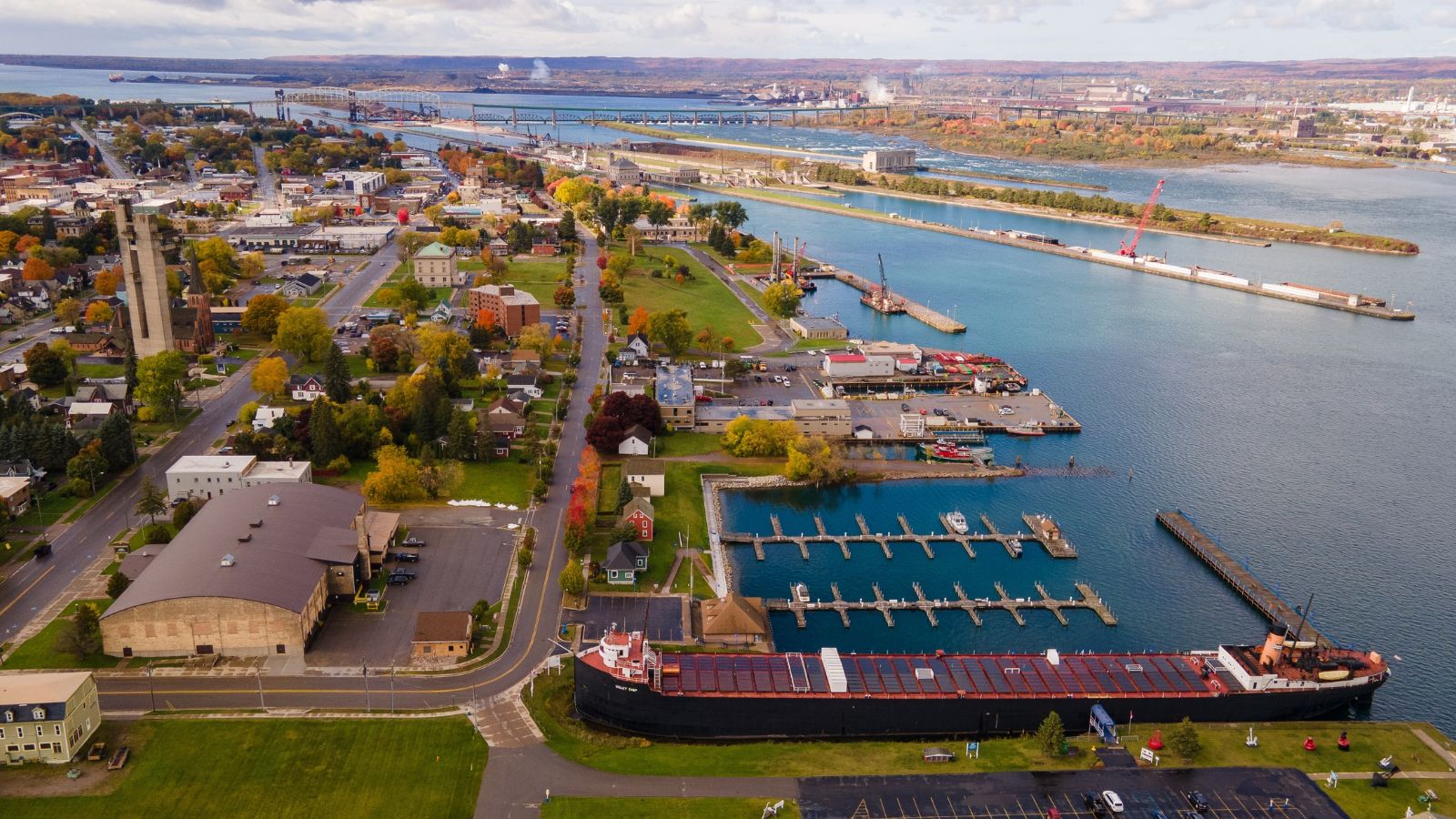
Sault Ste. Marie remains one of Ontario’s most affordable cities, particularly in terms of housing. Real estate and rental prices are low compared to provincial averages, while utilities and insurance are manageable. The local economy draws from manufacturing, education, and healthcare, with additional opportunities in tourism. Residents benefit from access to Lake Superior and surrounding natural attractions, which provide free or low-cost recreation. Plus, community events and festivals are affordable, while reliable public services support families and retirees.
21 Products Canadians Should Stockpile Before Tariffs Hit

If trade tensions escalate between Canada and the U.S., everyday essentials can suddenly disappear or skyrocket in price. Products like pantry basics and tech must-haves that depend on are deeply tied to cross-border supply chains and are likely to face various kinds of disruptions
21 Products Canadians Should Stockpile Before Tariffs Hit
